So just how do you stop the annoying, large-bodied, party crashing, flying insects known as June bugs?
Each and every year, during the early spring and summer, the onslaught of the beetle bug begins. Depending on where you live, June bugs can emerge in early May (called May Bugs in these locations), June, or even in the first few weeks of July.
And when they do, these flying creatures certainly wreak havoc on outdoor activities.
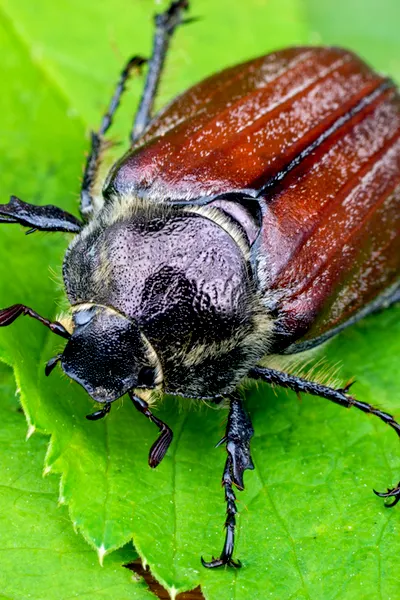
June bugs are members of Scarab family, which include the infamous brown June bug beetle, and the Japanese beetle and Green beetle as well.
Not known for great flying skills, these oversized jumbo beetles fly into your face, hair, and anything that happens to get in the way of their flight path.
And although they don’t bite, they can certainly make it quite uncomfortable to spend evenings in their presence.
Stopping June Bugs
Unfortunately, beyond their annoying flight patterns, June bugs will cause issues for plants and your lawn.
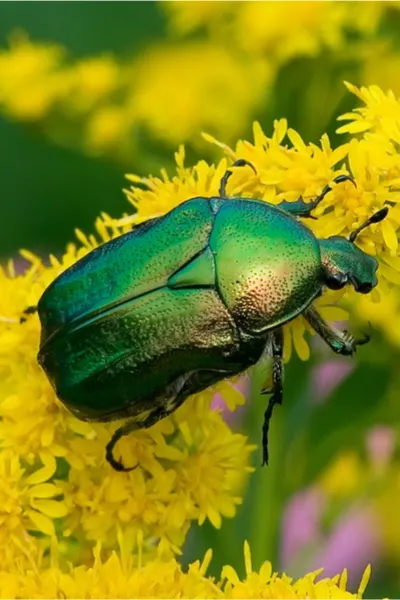
Adults beetles feed on the leaves and foliage of bushes, trees, and some perennials as well. And the damage they leave behind can be quite unsightly and extensive.
But it is the larvae or grubs of beetles that cause the most damage of all. Laid in the soil, these immature beetles feed on the roots below. In the process, they brown and kill the turf above.
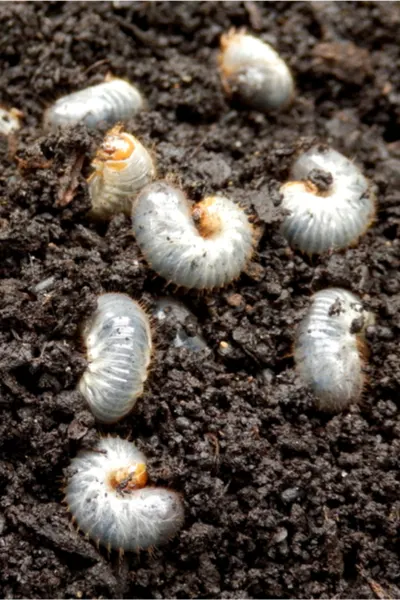
So just how can you stop them naturally? Well, it really comes down to a two-prong approach.
It starts with controlling adult beetles before they can lay eggs in mid-summer. And it continues on with a few natural methods to destroy the grubs that are laid in the soil as well.
How To Stop June Bugs Naturally
Controlling Adult Beetles
One of the best ways to control and stop June bugs for the long term is by attracting predators. And when it comes to these summer beetles, birds are one of the best natural predators around.
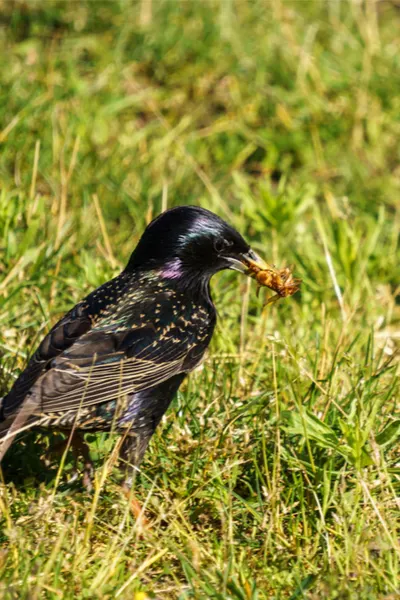
Birds feast both on adult beetles, as well as beetle larvae and grubs in the soil. The more birds you attract to your landscape with available plants and water sources, the less your overall June bug population will be.
Homemade Traps
You can also trap and stop adult June bugs with a homemade concoction of equal parts maple syrup or molasses, and water. Place the liquid in a jar or container under trees or bushes and watch them arrive.
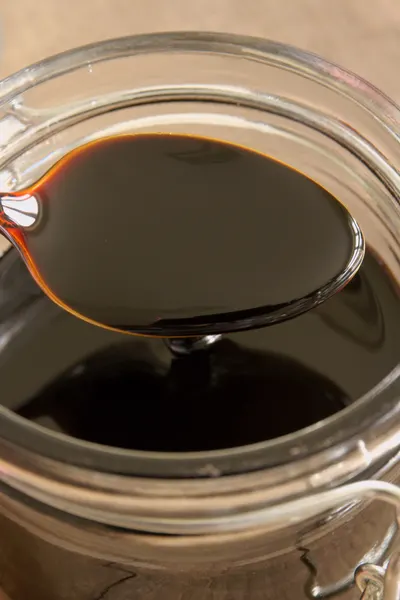
The beetles are attracted to the sweet nectar and are then trapped in the sticky fluid. It is an excellent way to stop June bug populations that are destroying foliage. And – even more – keep them from laying larvae later in the summer.
Hand Picking
Last but not least, hand picking is a great option to reduce numbers of June bugs as well. Armed with a bucket of soapy water, check shrubs and bushes, and remove them as they feed.
Remember the fewer adults that remain, the fewer the grubs there will be later in the summer.
Controlling Grubs
Adult female June bugs begin laying their eggs in the soil in mid-summer. And one of the best ways to stop next year’s infestation of June bugs is to prevent them from finding a space to lay their eggs.
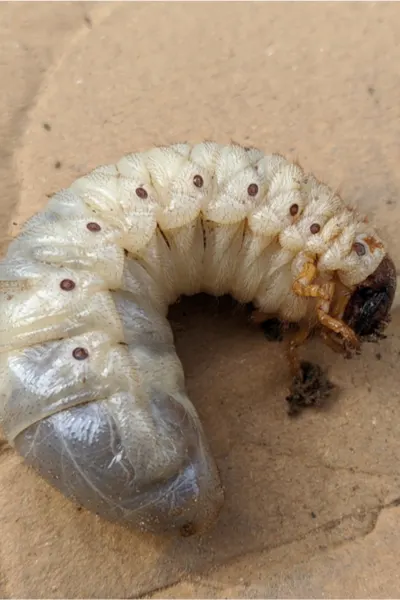
The first line of defense is cutting your lawn higher during the summer months. Cutting grass at 3 to 3.5 inches tall is your best bet. The thick, tall growth makes it difficult for female beetles to lay their eggs.
Even better, that taller summer grass provides additional advantages for your lawn beyond just beetle control. (See : Avoiding The 4 Most Common Lawn Mowing Mistakes)
Mulch Those Beds
When it comes to preventing beetle eggs, the same goes for keeping a thick covering of mulch in flowerbeds as well. By keeping soil covered with a 3″ to 4″ deep coating of mulch, it prevents beetles from finding soil to lay eggs.
Organic Sprays
Finally, if you find yourself with a serious infestation, it may require an organic spray application to help stop June Bugs.
That can best be done with an organic bacteria known as B.t. (Bacillus thuringiensis). B.t. is a soil-borne bacteria that occurs naturally. Although safe for humans, it is toxic to many insects, including grubs.
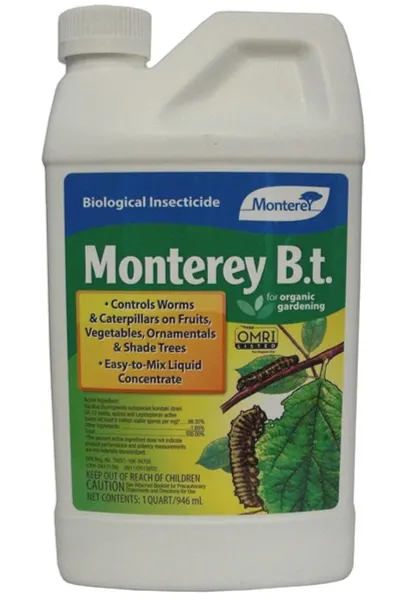
An application of B.t. in the summer, when the larvae is first laid, can effectively kill off next year’s June bug population. Product Link : BT Organic Spray Concentrate
Here is to keeping those June bugs from crashing your backyard this spring!

This Is My Garden is a website dedicated to spreading the love and knowledge of gardening around the world. We publish two new garden articles each week. This article may contain affiliate links.
